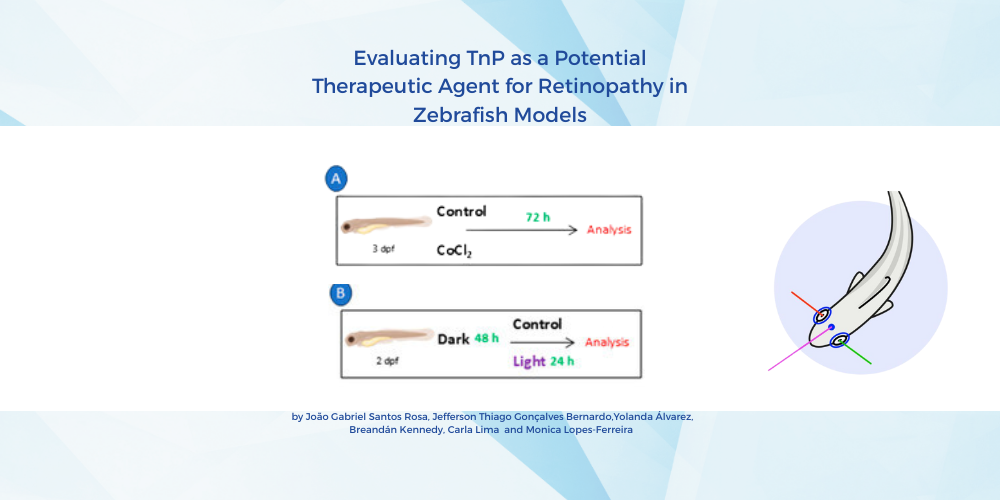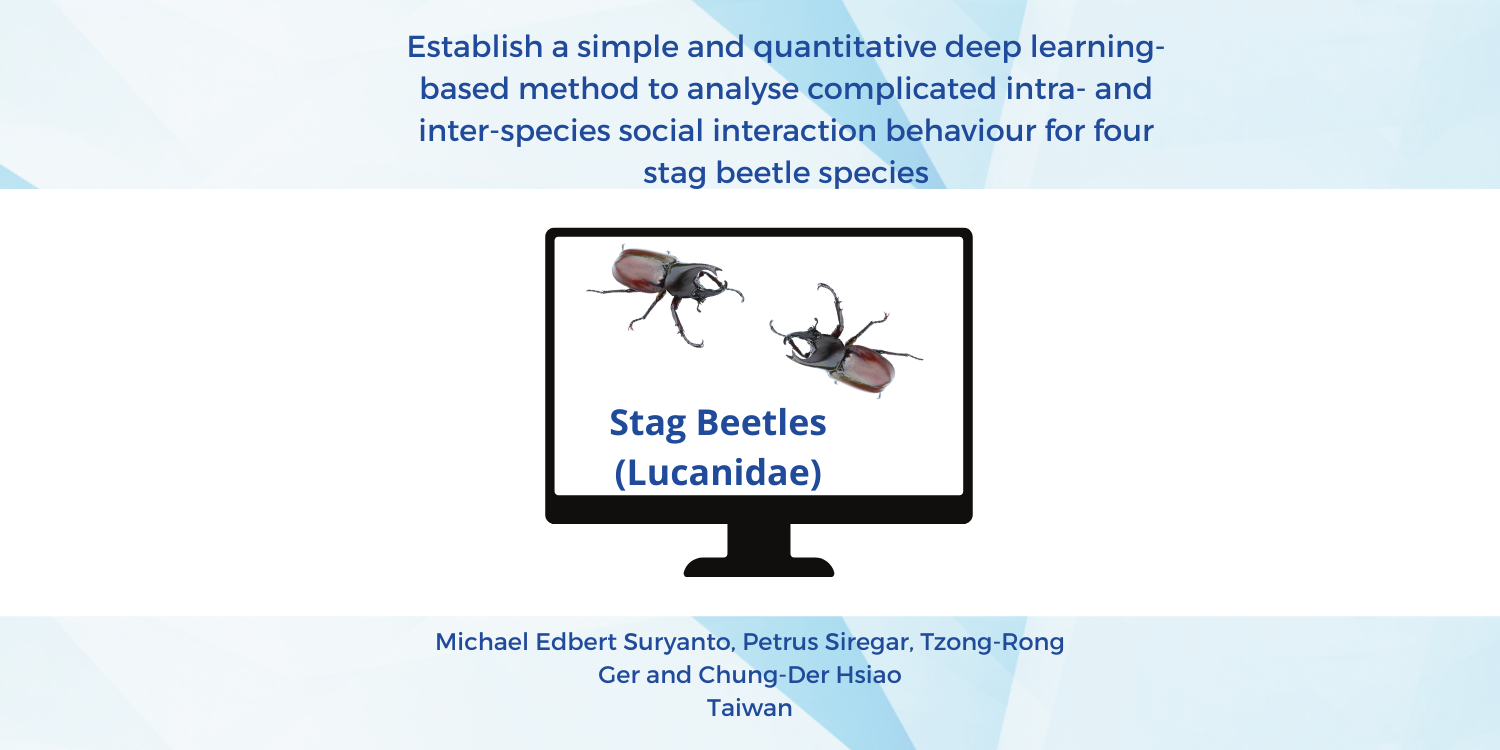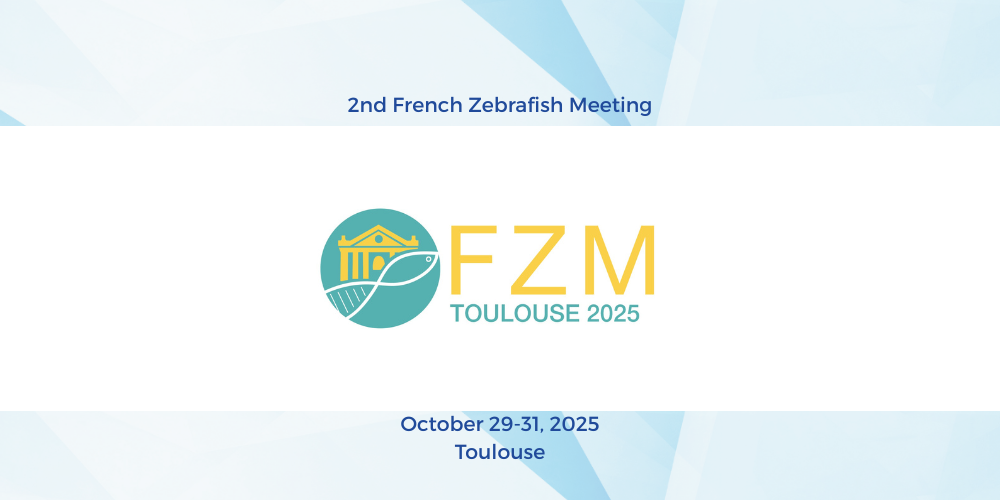Evaluating TnP as a Potential Therapeutic Agent for Retinopathy in Zebrafish Models
Retinopathy, a condition characterized by damage to the retina, is a leading cause of vision impairment and blindness worldwide. Current treatments for retinal diseases include anti-inflammatory drugs, anti-VEGF therapies, and monoclonal antibodies. However, the search for more effective and targeted therapies continues. A recent study published in the journal "Pharmaceuticals" explores the potential of TnP, a novel synthetic peptide, as a therapeutic agent for retinopathy using zebrafish models.
The Study
Congratulations to the Immunoregulation Unit of the Laboratory of Applied Toxinology at the Butantan Institute and the UCD Conway Institute of Biomolecular and Biomedical Research and UCD School of Biomolecular and Biomedical Science at University College Dublin for your groundbreaking paper on "Evaluating TnP as a Potential Therapeutic Agent for Retinopathy in Zebrafish Models."
The study investigates the effects of TnP on retinopathy induced by hypoxia or light damage in zebrafish. Zebrafish were chosen for this study due to their significant genetic homology with humans and their well-characterized visual system.
Researchers employed two retinal injury models to mimic diabetic retinopathy (DR):
-
Cobalt Chloride (CoCl2)-Induced Hypoxia: Zebrafish larvae were exposed to CoCl2 dissolved in a medium for three consecutive days to induce hypoxia-related retinal damage.
-
Light-Induced Retinal Damage (LIRD): Zebrafish larvae were subjected to intense light for 24 hours after being kept in the dark for 48 hours to induce light-related retinal damage.
TnP Treatment and Assessment
The zebrafish subjected to these injury models were then treated with TnP. The therapeutic potential of TnP was assessed through visual-motor response (VMR) testing and histological examination. VMR testing involves exposing zebrafish larvae to alternating light stimuli and observing their locomotor responses, which provide insights into the integrity of their neurological and visual systems.
The Role of ZebraBox
To conduct the VMR testing, researchers used the ZebraBox, an automated observation chamber and behavioral tracking system designed for zebrafish larvae. The ZebraBox allows for high-throughput analysis of zebrafish behavior, making it an invaluable tool in this study. It provides precise and reproducible data on the visual-motor responses of zebrafish, enabling researchers to evaluate the effectiveness of TnP treatment.
Findings
The study found that TnP treatment resulted in significant improvements in the visual-motor responses of zebrafish subjected to both CoCl2-induced hypoxia and LIRD. Histological examinations further supported these findings, showing reduced retinal damage in TnP-treated zebrafish compared to untreated controls.
The differences in locomotor responses between the experimental groups suggest distinct damage mechanisms, which may require tailored therapeutic approaches. The results validate the use of zebrafish larvae as a valuable model for studying visual-motor deficits in retinopathy and demonstrate the potential of TnP as a therapeutic agent.
Conclusion
The research highlights the potential of TnP as a novel therapeutic agent for retinopathy. By leveraging the genetic similarities between zebrafish and humans and utilizing advanced tools like the ZebraBox, the study provides valuable insights into the mechanisms of retinal damage and the potential for targeted interventions. This work paves the way for further research and development of TnP as a treatment for retinopathy and other retinal diseases.
For more detailed information, you can read the full paper here.
Other related products for visual assessment in zebrafish : VisioBox , OMR Adult





